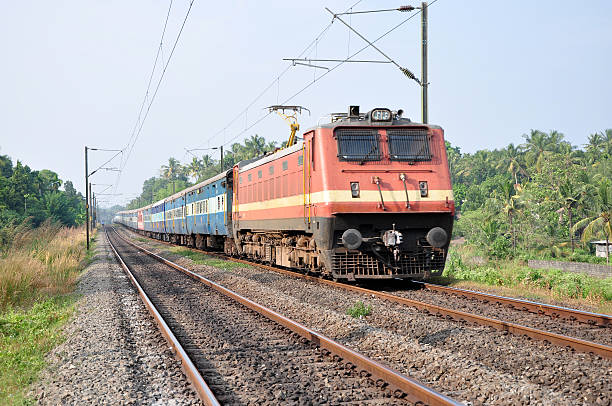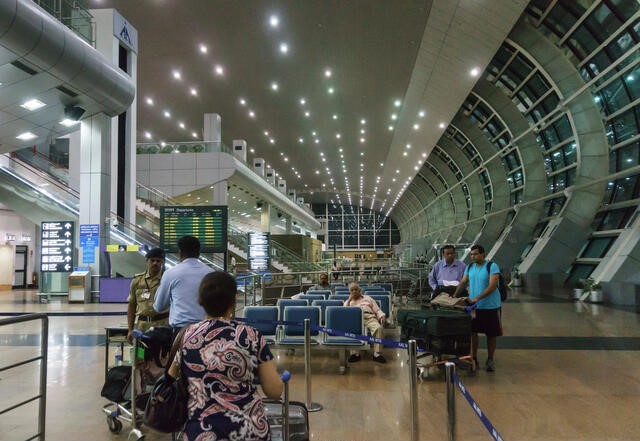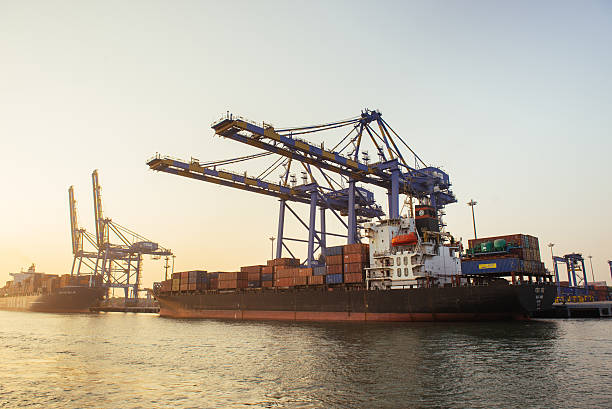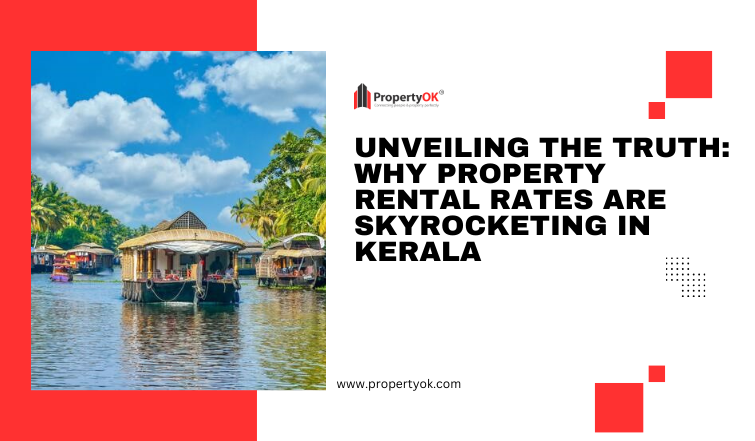Kerala, often called “God’s Own Country,” is renowned for its stunning landscapes, rich culture, and high literacy rates. However, over the past few years, Kerala has also gained attention for another reason—skyrocketing property rental rates.
This phenomenon, mirrored by the broader trend of price growth in India, has raised several questions among residents and potential investors alike. This blog delves deep into the factors driving Kerala’s real estate rent surge.
Let us help you navigate your perfect property! Reach out to our sales representative:

Economic Growth and Urbanization
Kerala’s economic growth and urbanisation have catalysed significant changes in its real estate dynamics, notably affecting rental rates. Over the past few decades, the state has experienced a remarkable transformation, with its urban population nearly doubling from 25.96% in 2001 to 47.72% in 2011. The allure of better economic prospects and improved amenities in urban centres fuels this surge in urbanisation. However, the pace of urbanisation varies across districts, with Ernakulam leading at 68.1% urbanisation and Wayanad trailing at 3.9%, showcasing disparities in development.
This economic growth and the subsequent rise in per capita income have attracted internal migration from rural to urban areas, further intensifying the demand for residential properties. Infrastructure developments like the Kochi Metro have also enhanced the livability of the metropolitan regions, drawing more residents. Consequently, the demand for rental properties has outpaced supply, increasing rental rates. Limited land availability exacerbates this imbalance, increasing property prices and elevating rental rates. As income levels continue to rise, there is a growing demand for quality housing with better amenities, further stimulating the rental market.
Influx of NRIs and Expats

Kerala has a substantial diaspora, with many Non-Resident Indians (NRIs) and expatriates regularly investing in real estate. These individuals often rent properties during their visits or use them as temporary accommodations while managing their investments. This demand causes periodic spikes in rental prices.
Economic Contributions and Impact
Kerala, contributing more than 4% to India’s GDP despite accounting for only 2.8% of the population, has a per capita income 60% higher than the national average. This attracts internal migrants for low-end jobs, while around 3 million Keralites work abroad, mainly in Gulf countries. Remittances, which accounted for 31.2% of Kerala’s GDP in 2012, significantly bolster the local economy and drive demand for real estate.
Influence on Real Estate Market
With higher purchasing power, NRIs are willing to pay premium rents for well-maintained properties in prime locations, increasing overall rental rates. Their investments often include purchasing properties for rental purposes, ensuring a competitive and high-priced rental market. During peak seasons, such as holidays and vacations, the demand for rental properties spikes as many NRIs return, further driving up prices.
Migrant Laborers and Internal Migration
Migrant labourers from other parts of India form a significant workforce in Kerala’s industrial and agricultural sectors. As Kerala’s economy shifted from rural to service-based between 1960 and 2020, the demand for labour in urban areas increased, attracting workers from less developed regions. This internal migration boosts the demand for affordable housing, contributing to higher rental rates across all market segments.
Tourism Boom

Kerala Tourism is a significant contributor to the state’s economy, and the recent surge in tourist arrivals has profoundly impacted the state’s real estate market, particularly rental rates. According to the state assembly, 1,06,83,643 domestic tourists visited Kerala in the first six months of the year, a substantial increase from 88,95,593 during the same period in the previous year. Tourism Minister Shri P. A. Mohamed Riyas highlighted this growth, noting that the figures reflect a booming tourism sector in Kerala.
Surge in Domestic and Foreign Tourists
The increase in domestic tourist arrivals has surpassed pre-COVID levels, indicating a strong recovery and growth in Kerala’s tourism industry. Additionally, the number of foreign tourists in the first half of 2023 reached 2,87,730, up from 1,05,960 during the same period the previous year. This represents an impressive growth of 171.55%, with an increase of 1,81,770 foreign visitors. This influx of domestic and international tourists has bolstered the tourism sector and significantly influenced the real estate rental market.
Revenue Growth in the Tourism Sector
Kerala has also witnessed a steady rise in tourism revenue. In 2022, the tourism sector generated Rs. 35,168.42 crore, a marked increase from Rs. 12,285.91 crore in 2021 and Rs. 11,335.96 crore in 2020. This substantial revenue growth underscores tourism’s economic importance to Kerala and its ripple effects on various sectors, including real estate.
Impact on Real Estate and Rental Market
The surge in tourism has led to a rapid increase in vacation rentals and homestays. Realising short-term rentals’ lucrative potential, owners have converted many residential properties into vacation accommodations. This trend has been particularly pronounced in popular tourist destinations like Ernakulam, which topped the list of districts in domestic tourist arrivals with 22,16,250 visitors, followed by Idukki, Thiruvananthapuram, Thrissur, Wayanad, and Kozhikode.
The shift from residential properties to vacation rentals has significantly reduced the availability of long-term rental properties. This scarcity has increased competition for the remaining rental units, increasing rental rates. Property owners prioritise short-term, higher-paying tourist rentals over long-term leases, so the supply of affordable housing for residents remains relatively high. This skewing of the rental market impacts long-term residents, making it more challenging to find affordable housing.
Seasonal Demand and Rent Fluctuations
Tourists’ seasonal demands also affect long-term rental rates. During peak tourist seasons, the demand for vacation rentals spikes, further reducing the availability of long-term rentals and pushing up prices. Property owners may temporarily withdraw properties from the long-term rental market to capitalise on the higher rates tourists can charge. This seasonal fluctuation exacerbates the overall increase in rental rates, creating a challenging environment for residents seeking stable housing.
Broader Economic Implications
The tourism boom has broader economic implications for Kerala. Increased tourism generates employment opportunities in various sectors, including hospitality, transportation, and retail, contributing to the state’s economic growth. However, the strain on the housing market highlights the need for balanced development strategies that accommodate both the growing tourism industry and the housing needs of residents. Policymakers must address the tourism boom’s challenges to ensure sustainable and inclusive growth.
Infrastructure Development
Kerala boasts an extensive network of roads, railways, airports, and seaports, making it one of the most well-connected states in India. These robust infrastructural developments have significantly impacted the state’s real estate rental market, contributing to the rise in property values and rental rates.
Roads

Kerala boasts the highest road density among Indian states, with motorable roads spanning every nook and corner of the state. The well-developed transport system, both in the public and private sectors, ensures seamless movement of people and goods across the state. The presence of 8 major National Highways, covering a length of 1523.954 km, and a dense network of state roads totalling 162149 km enhances connectivity within Kerala. With a road density of 417 km/100 sq. km, far surpassing the national average, and a length of road per lakh population at 509.23 km, Kerala’s road infrastructure plays a vital role in facilitating economic activities and influencing rental rates.
Railway

The Indian Railways has extended its extensive network into Kerala, connecting the state with all major cities nationwide. Thiruvananthapuram, Palakkad, and Madurai jointly operate the railway division in Kerala, with a total route length of 1148 km, including 111.14 km of meter gauge. The railway network enhances accessibility and mobility within the state, impacting rental rates in areas with railway connectivity.
Airports

Kerala boasts three International Airports in Thiruvananthapuram, Kochi, and Kozhikode, catering to international and domestic flights. These airports, particularly Thiruvananthapuram and Kozhikode airports, owned by the Government of India and Kochi Airport, owned by Cochin International Airport Ltd (CIAL), facilitate increased tourist arrivals, the movement of Keralites working abroad, and business activities. The growing traffic at these airports, coupled with the ‘Open Sky’ policy measures by the Government of India, influences rental rates in areas with airport proximity.
Sea Ports

With one major port at Cochin and 17 non-major ports along its coastline, Kerala promotes coastal shipping to ease highway congestion and reduce transportation costs. The Cochin Port is an international seaport with modern facilities contributing to Kerala’s trade and commerce. The ongoing development of an International Container Transshipment Terminal at Vallarpadam and plans for a Deep Water Container Transshipment Terminal at Vizhinjam further enhance Kerala’s maritime infrastructure, impacting rental rates in port cities and their vicinity.
Infrastructure development in Kerala has improved connectivity, accessibility, and quality of life, attracting a larger population to certain areas.
Explore this blog to get a investment idea in Crypotocurrency and Real Estate:
EXPLORING THE INTERSECTION OF CRYPTOCURRENCY AND REAL ESTATE: A LUCRATIVE INVESTMENT PERSPECTIVE
Limited Land Availability
Kerala’s 38,863 square kilometres pose challenges due to limited land resources. Only 1.18% of India’s total area is covered by land, and about 29% is allocated to forests, reducing available development space. The scarcity of land, especially in urban centres, drives up property prices and construction costs.
Effects on Real Estate Rent Prices
Limited land availability restricts the supply of rental properties, leading to increased competition among tenants and driving up rental prices. High property costs are passed on to renters, exacerbating the affordability crisis in Kerala’s rental market.
Economic Implications
Higher property prices and rental rates can deter investment and economic growth, particularly in sectors reliant on affordable housing. The lack of affordable housing options contributes to social inequalities and housing insecurity among low-income households.
Future Challenges and Opportunities
Balancing economic development with environmental conservation is crucial. Sustainable land-use planning and innovative housing solutions are needed to address housing needs while preserving natural resources. Strategies like promoting vertical development and incentivising affordable housing initiatives can mitigate the impact of land scarcity on the rental market.
Regulatory and Taxation Policies

In response to real estate challenges, the Parliament enacted the Real Estate (Regulation and Development) Act in 2016, prompting Kerala to establish K-RERA (Kerala Real Estate Regulatory Authority) in 2019. RERA implementation has bolstered market transparency, yet compliance costs may elevate rents. Kerala’s high property taxes and registration fees incentivise renting over buying, intensifying rental demand and prices. Striking a balance between consumer protection and market growth remains pivotal for Kerala’s real estate landscape.
As regulatory measures evolve, policymakers must consider the implications on homeowners and tenants alike to ensure a fair and sustainable housing environment. Transparent regulations and equitable taxation policies are essential for fostering a thriving real estate market while addressing the state’s housing needs. Moving forward, a holistic approach prioritising affordability and accessibility will be crucial for navigating Kerala’s real estate sector efficiently.
Lifestyle and Aspirations
Kerala’s communal harmony, high education standards, and collective prosperity shape its residents’ lifestyles and aspirations. With over 90% land ownership, education as a cornerstone, and an open-minded, adaptable populace, Kerala boasts remarkable standards, including law and order, healthcare, and the economy.
The changing lifestyle preferences drive up rental rates in Kerala. There’s a rising demand for modern, well-furnished apartments with amenities like gyms and swimming pools. Additionally, the younger generation’s mobility and preference for renting over buying early in their careers contribute to the demand for high-quality rental properties, elevating rental prices across the state.
Which will you choose between Buying or Renting home? get a guide to about right choice for your home:
BUYING VS RENTING: THE ULTIMATE GUIDE TO MAKING THE RIGHT CHOICE FOR YOUR HOME
Conclusion
In Conclusion, Kerala’s skyrocketing property rental rates can be attributed to a complex interplay of economic growth, urbanisation, NRI and expat influences, tourism, infrastructure development, limited land availability, regulatory policies, and changing lifestyles. Each of these factors contributes to the overall trend of growth in price in india, with Kerala serving as a prime example of this phenomenon.
As rental rates continue to rise, potential renters and investors must navigate this dynamic market carefully, considering the various influencing elements. Understanding these factors can help individuals make informed decisions, whether they are looking to rent a home or invest in Kerala’s real estate market.
Frequently Asked Questions And Answers
1. How do lifestyle preferences impact rental rates in Kerala?
The changing lifestyle preferences of Kerala’s population, including a growing preference for modern, well-furnished apartments with amenities such as gyms and swimming pools, contribute to the rise in rental rates. Additionally, the younger generation’s inclination towards mobility and renting over buying early in their careers further drives up the demand for rental properties, exerting upward pressure on rental rates.
2. How has urbanisation impacted rental rates in Kerala?
Urbanisation has significantly impacted rental rates in Kerala, especially in urban centres like Kochi, Thiruvananthapuram, and Kozhikode. The influx of professionals and migrants into these areas has increased the demand for residential properties, leading to a surge in rental rates to match the rising demand.
3. What role do regulatory policies play in shaping rental rates in Kerala?
Regulatory policies, such as the Real Estate (Regulation and Development) Act (RERA), have brought transparency and security to the real estate market in Kerala. While these policies enhance investor confidence, they may also lead to increased compliance costs for developers, potentially resulting in higher rental rates as landlords seek to offset these expenses.

 Thank You
Thank You




